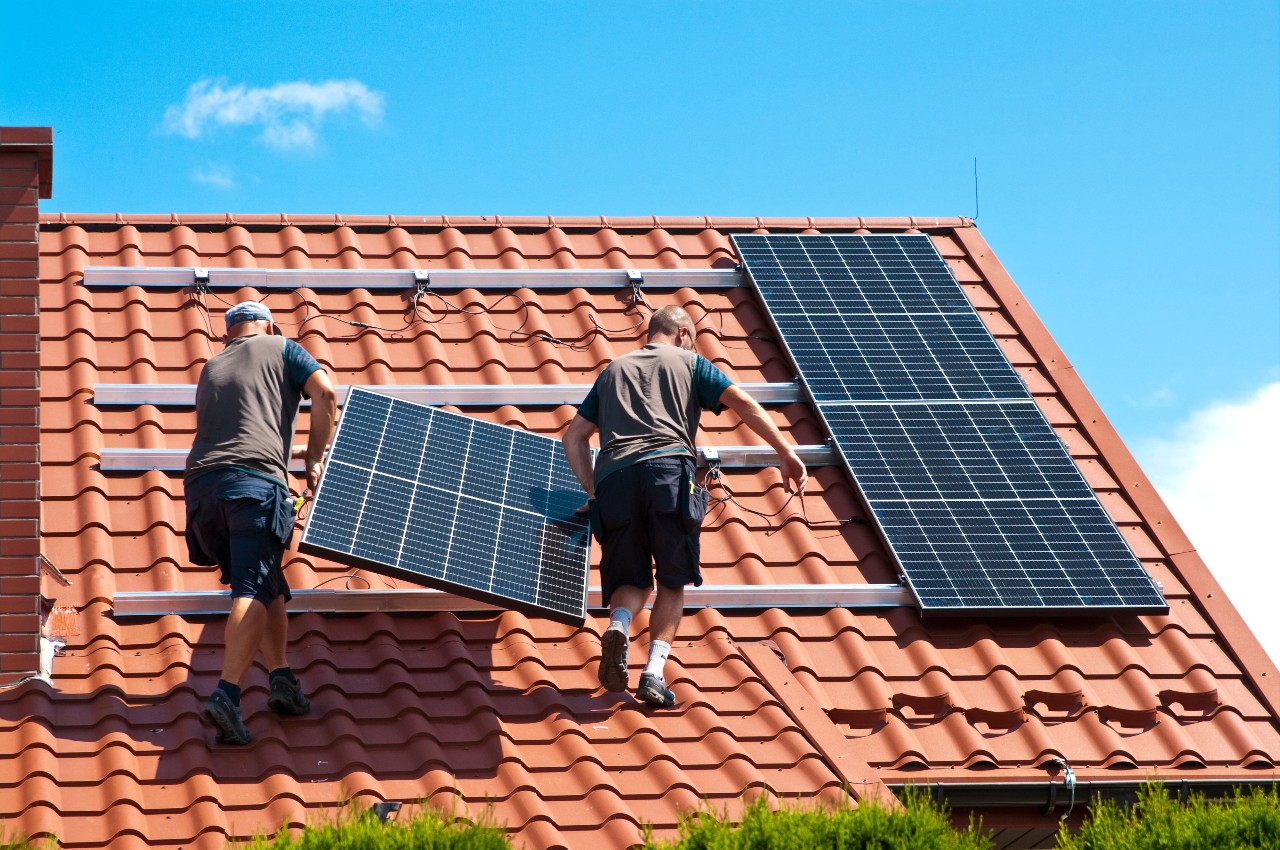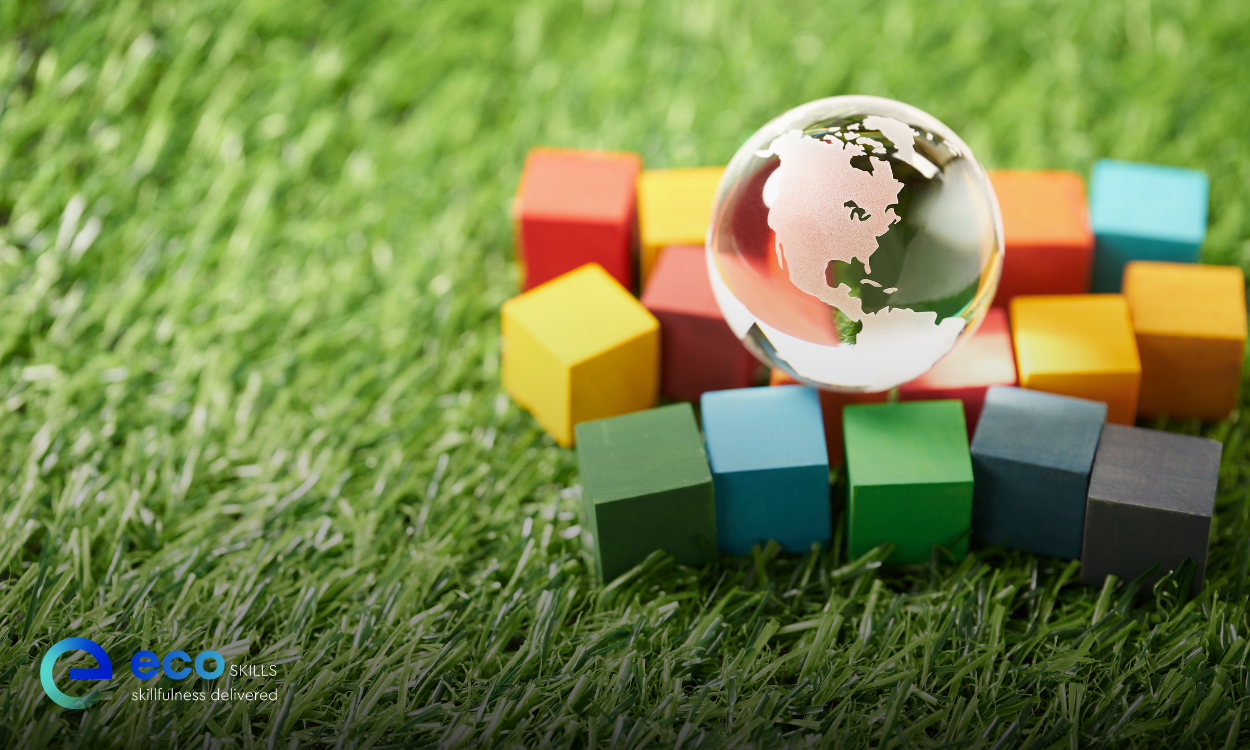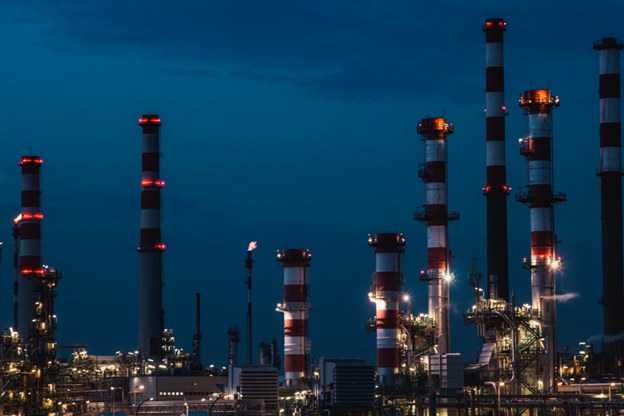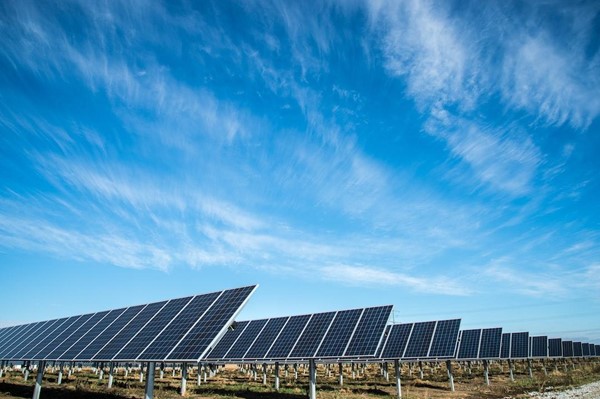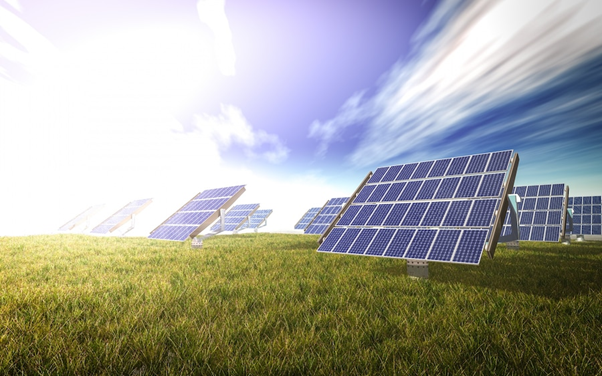Hydropower or Solar Power?
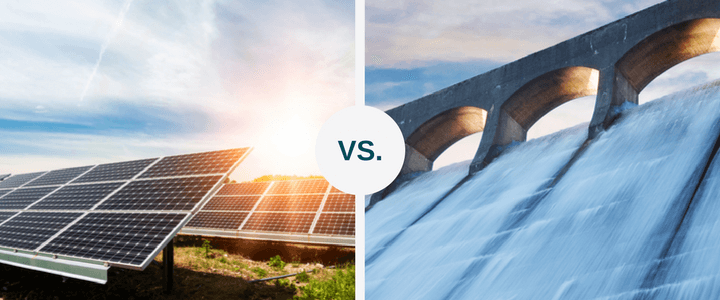
Hydropower and solar power are both renewable energy sources that offer chief benefits to the environment, when compared to non-renewable sources of energy. Each comes with its distinct set of advantages and potential but, at the same time, slight concerns.
Solar power stands out as the process of converting the sunlight through solar panels and into electricity. Whereas hydropower is simply the power acquired from the energy of moving water with the help of turbines.
Hydropower
Hydropower, or sometimes called water power, is one of the ancient energy source that people have been taking advantage of for centuries. For instance, in ancient Greece, farmers used water wheels to grind wheat into flour. The kinetic energy of the flowing river turns the wheels and is converted into mechanical energy which, as a result, runs the mill.
Nowadays, hydropower technology is used to harness the energy of moving water to produce electricity, often referred as hydroelectricity, attained in a hydro power plant. The hydroelectricity is gained through the use of of gravitational force of falling water from high altitudes, or through the potential energy of water flow in rivers.
A typical hydro plant system has essentially three main parts:
- An electric plant – where electricity is produced
- A dam – with the purpose of controlling the water flow
- A reservoir – used to regulate the energy extraction when needed
The amount of electricity which can be obtained depends on the how far the water drops and the volume of water moving through the system.
Pros of Hydropower
- It’s a clean fuel source, which is renewed yearly by snow and rainfall.
- Hydropower plants are utilised to produce baseload electricity and adjust the amount of it, subsequently meeting the fluctuations in demand.
- Hydroelectric generators can instantly switch off and on, hence, being one of the most responsive energy sources during the alterations in demand, especially in the peak season.
- It produces a significant amount of electricity without depending much on climate conditions, air current flow and complex start-up processes.
- The running and maintenance costs are usually low, as they are almost entirely automated.
- Hydropower has low failure rates and a long life-cycle.
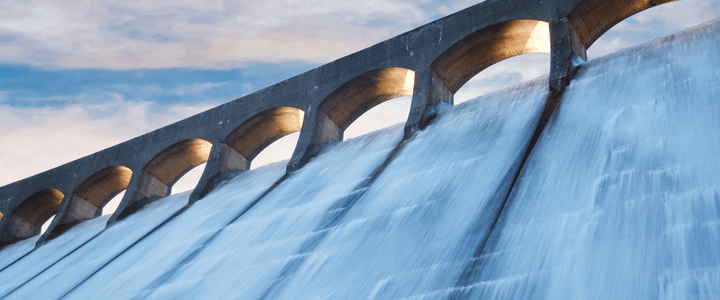
Hydropower Cons
- Hydropower technology is geographically dependent, due to resource inadequacy.
- It has several environmental consequences: damming the water and controlling the water flow brings great damage to the river ecosystems, migratory obstacles for the marine species, namely fish and slightly formation of carbon dioxide during the construction of reservoirs.
- Upfront costs – building a hydropower plant is expensive.
- As the electricity generated from hydro sources depends on water availability, it may be ineffective during times of drought.
- Hydropower plants function solely at high speeds and require considerable modification of water resources.
Solar Power
In the current context, solar energy is of great significance, as the world tries to switch from a traditional energy source to new energy sources. This type of energy is everlasting; the Sun is a colossal source of energy. The energy can be harnessed using solar cells, namely photovoltaic cells, and converted it from a DC current into an AC current via an inverter.
Given that the price of photovoltaic electrical power has dropped, the adoption of grid-connected solar PV modules is quickly rising. Photovoltaic is undoubtedly turning into a good, affordable and low-carbon technological innovation that is able to effectively utilise sustainable energy from the Sun.
Solar Power Advantages
- Solar power is the most eco-friendly generation source; it produces no harmful gas emissions or pollution, nor poses any threat to wildlife.
- It can be used virtually anywhere and can be harnessed in remote locations where there is no electrical grid.
- It is a cost-effective solution; does not require high wiring costs and has low maintenance.
- Solar power plants are space-efficient; generally, they are installed on rooftops.
- Solar panels have a long life cycle and not manually monitored.
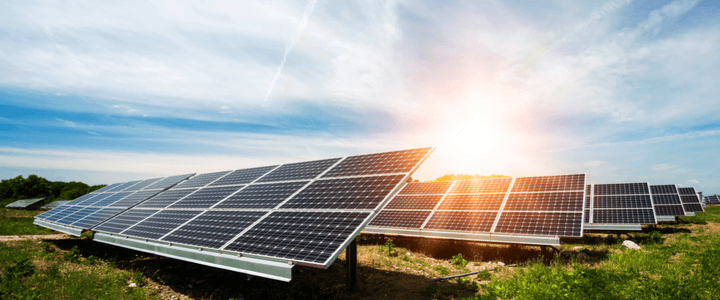
Disadvantages of Solar Power
- Main drawback of solar power is the high solar system installation cost.
- Dependent on the lightsource. Considering the limited daylight hours, solar photo-voltaic cells are constrained by intermittency issues.
- Solar energy store is expensive. The generated energy has to be used right away, or it can be stored in large batteries, which are often expensive.
- Depending on the climatic factors, the output and efficiency differ from region to region.
- Solar power can be associated with pollution. Mainly transportation and installation of solar systems have been associated with the emission of greenhouse gases.
No single renewable energy source works best all the time and in every scenario. All these new energy sources have a greater or lesser impact on the environment. Every power source has its distinctive upsides and downsides, therefore, they must be used intertwined, so they can make up for their insufficiencies. Albeit hydropower is a more reliable source of energy than solar, it is not suitable in as many locations as solar power is. Each energy source system must be optimised to its surroundings and application for which it will be used. Installation and maintenance requirements could be a vital factor, which ultimately needs to be weighted in the design process.



